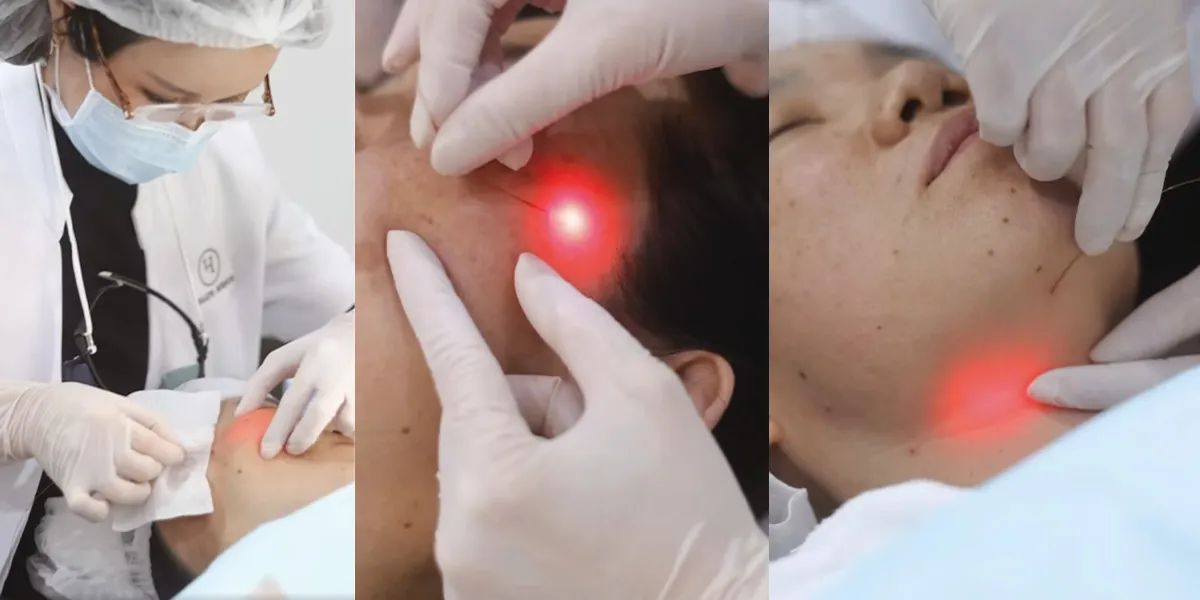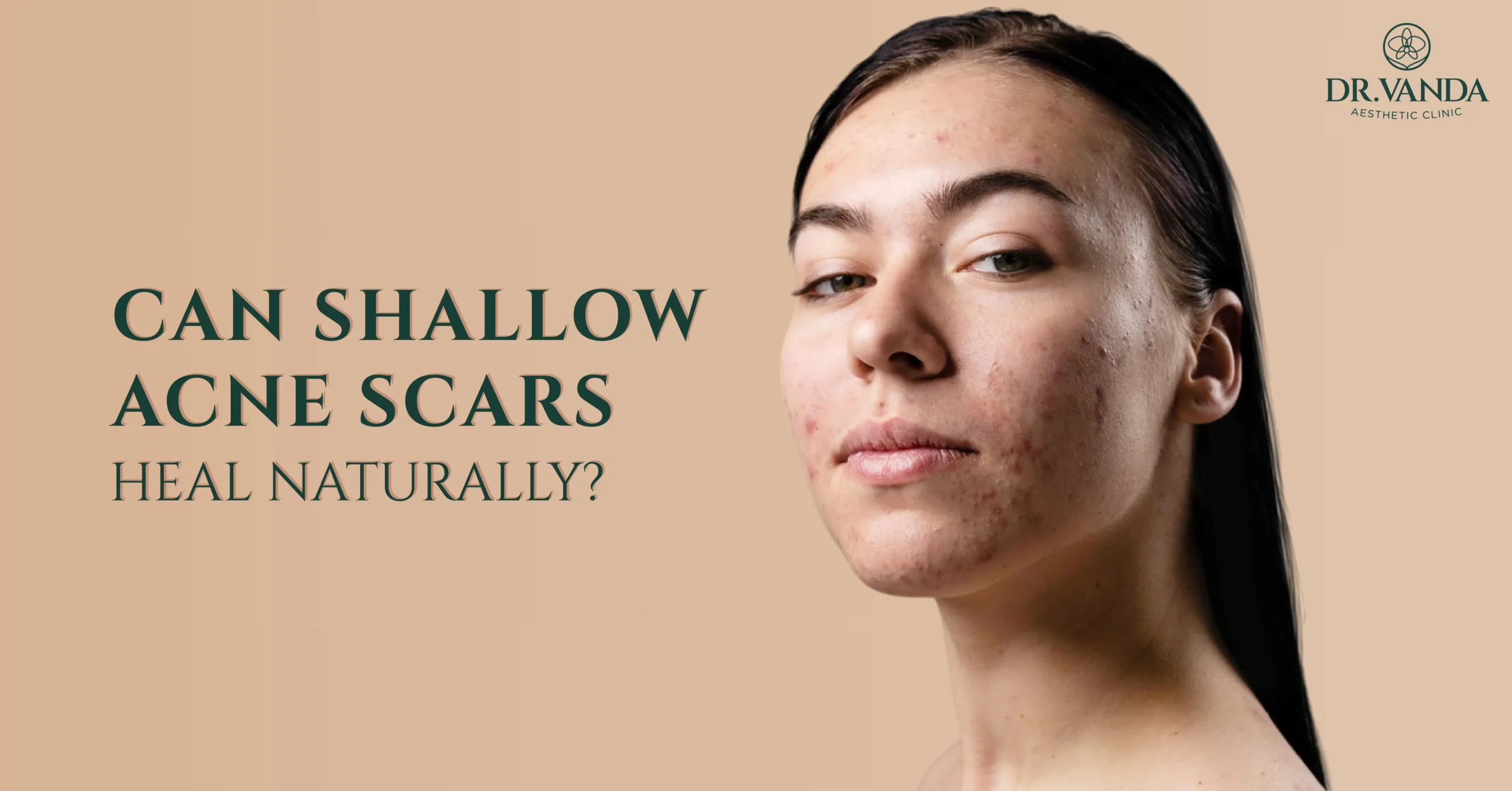The face is often the first feature people notice about you. Even if you take excellent care of your skin, having excess facial fat can still negatively impact your self-confidence. This issue can stem from five risky behaviors that you might unknowingly engage in. Today, Dr. Vanda will discuss the causes and solutions for this problem.
5 Key Causes Of Excess Fat On The Face
Regular consumption of high-fat foods, such as fried foods, greasy dishes, or sweets, can increase your body’s calorie intake. However, if you consume more calories than your body burns daily, the excess energy is stored as fat, accumulating in various parts of the body, including the face—particularly in the cheeks and chin. Additionally, consuming foods rich in sodium, such as salty foods, processed foods, or snacks, leads to high sodium intake, which causes the body to retain water to maintain a balance between sodium and water in the blood. This also contributes to high blood pressure, causing the blood vessels in the face to dilate, leading to a swollen appearance.
Excessive alcohol consumption also plays a role. Alcohol disrupts the body’s water balance by stimulating kidney function and the secretion of antidiuretic hormone (ADH), which regulates fluid balance. This causes increased urination and dehydration. In response, the body retains water to prevent dehydration, resulting in a bloated face. Furthermore, alcohol can trigger inflammation in surrounding tissues and hinder the function of the lymphatic system, which is responsible for eliminating waste from the body. This leads to a buildup of excess fluids in the face. If you frequently drink alcohol containing high amounts of sugar and carbohydrates, it may also promote fat accumulation, particularly in the face.
Many people understand the health benefits of exercise but fail to dedicate enough time to it. Inadequate physical activity reduces the body’s energy expenditure since the body is not stimulated to burn energy sufficiently. As a result, the excess energy is stored as fat in various body areas, including the face. The face has subcutaneous fat layers that can accumulate excess fat, especially in the cheeks, chin, and jaw, which are prominent facial areas.
In addition, reduced movement diminishes the function of the lymphatic system and blood circulation, leading to less effective fat removal. Furthermore, a lack of exercise causes muscles to weaken, reducing muscle mass and lowering the body’s basal metabolic rate (BMR), which leads to more fat accumulation.
In addition to habitual behaviors, hormonal changes due to health issues or aging can also lead to facial bloating. Certain hormones affect fat control, water retention, and energy metabolism, including…
- Cortisol
In addition to stress, cortisol levels can rise due to health conditions or certain medications, such as corticosteroids and oral contraceptives. This hormone can affect water and sodium retention, resulting in facial swelling. - Estrogen
Estrogen regulates the female reproductive system and overall sexual development. Imbalances in estrogen, such as elevated levels before menstruation or decreased levels during menopause, lead to increased water retention and affect fat distribution, causing more fat to accumulate in the face and body. - Insulin
Insulin regulates blood sugar levels and fat storage. If insulin is imbalanced due to insulin resistance or excessive consumption of sugar and carbohydrates, it can cause the body to store more fat, particularly in the cheeks and chin. - Thyroid Hormones
Thyroid hormones control cellular metabolism, blood fat levels, and muscle strength. Imbalances in thyroid hormones, resulting from pituitary disorders, thyroid surgery, or certain medications, can slow metabolism and lead to fat accumulation in the face. - Testosterone
Testosterone promotes sexual health, and muscle mass, and reduces body fat. Low levels of testosterone, due to conditions like diabetes, chemotherapy, or surgeries involving the groin area, can lead to a decrease in muscle mass and increased fat accumulation. - Leptin
Leptin regulates hunger and fat metabolism. When the body becomes resistant to leptin, it increases appetite, leading to overeating and fat accumulation in various body areas, particularly the face.
Excess Facial Fat : What Does It Indicate?
Although some people have naturally fuller faces due to genetics, an excess of fat on the face can be a warning sign of an increased risk for chronic diseases, such as heart and vascular disease, high blood pressure, type 2 diabetes, obesity, as well as hormonal imbalances like hypothyroidism or high cortisol levels (Cushing’s Syndrome). Additionally, it may indicate issues related to water retention in the face caused by kidney dysfunction, such as kidney failure or chronic kidney disease, as well as problems with sodium levels and dehydration. If lifestyle changes are not made promptly or underlying conditions are not treated, it may have long-term impacts on overall health.
How To Reduce Facial Fat

How To Quickly Reduce Facial Fat
1. Facial Liposuction
Facial liposuction is a surgical procedure that removes excess fat from under the chin and the upper neck. The doctor makes a small incision under the chin to insert a tube connected to a suction device to remove fat. Some areas may use ultrasound waves to break down fat cells alongside suction. Although results are fast and the fat is permanently removed, side effects such as swelling, bruising, incomplete results in some cases, and infections from unclean instruments or improper wound care can occur.
2. Laser Treatment
3. Thread Lifting
Excess Facial Fat : Which Treatment Is The Best?
EndoliftX Laser Fiber at Dr. Vanda Aesthetic Clinic is a laser technology used for skin tightening and facial contouring from within, without the need for surgery. It employs a very thin optical fiber laser, which is inserted beneath the skin to create heat in the deeper layers, stimulating the contraction of old collagen while enhancing the production of new collagen. This process also helps to break down the fat beneath the skin. Additionally, it stimulates blood circulation under the skin, improving overall skin health and firmness. The laser used is highly specific, ensuring natural-looking results immediately after treatment.
For those concerned about scars after treatment, Dr. Vanda assures that there will be none. This is because EndoliftX is not a surgical procedure; it involves inserting ultra-thin fibers beneath the skin through tiny, invisible entry points. Not only does this provide precise results, but it also reduces the risk of injury to surrounding tissues. After treatment, patients can resume normal activities immediately. The best part is that results are visible right after the procedure, with continuous improvement as new collagen is stimulated.
Read More : EndoliftX Laser Fiber
















